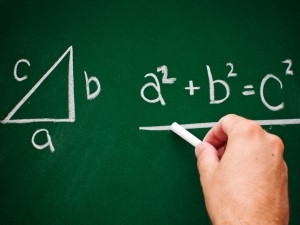
The quality of maths and science marks will again come under scrutiny when basic education minister Angie Motshekga announces the 2013 matric results this evening.
The subjects are pivotal to SA's ICT sector and economy.
More than 700 000 candidates wrote the National Senior Certificate (NSC), but the number of maths and science students has declined over the past few years, according to an analysis report compiled in December last year. The report says more than 48% of NSC candidates wrote maths in 2010, yet the figure dropped to 42% in 2013.
Science candidates saw a similar decline, from 38% in 2010 to 32% last year.
Democratic Alliance (DA) shadow minister of education, Annette Lovemore, says the decline reveals a worrying trend. "Looking at the needs of the country, and if it needs to have every aspect of its culture IT-linked, how can we be satisfied with the numbers?" she asks.
In addition, fewer students wrote computer applications technology as a subject, with the number of students sitting for the exam falling from 48 928 in 2010 to 45 418 last year. However, fractionally more students wrote the IT exam: 4 884 in 2010 grew to 4 908 last year.
Action Plan 2014
While teacher shortages and training were key concerns for the Department of Education (DOE) previously, the new year is earmarked as key to achieving the "Action Plan 2014".
The plan details government's key steps to tackle the department's problems and outlines an emphasis on e-education, teacher training and access to learning material for students.
The DOE hopes to initiate the plan as part of its broader focus to drastically improve schooling by 2025.
Government's Dinaledi schools - which are specifically geared towards improving maths and science marks - performed 8% better than last year's national average. Their 2013 results will cast light on the progress of their candidates.
Lovemore says more Dinaledi pupils opted to take maths literacy, which is not ideal for tertiary education purposes. "It started off as a brilliant project, [but] it has been allowed to lapse over the years," she adds.
More than 500 schools are a part of the project, which benefits from additional science and technology resources in collaboration with the private sector.
Share